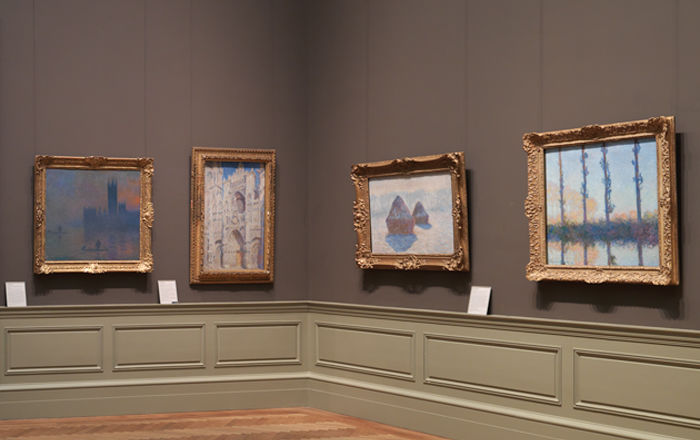Returned to lender The Met accepts temporary loans of art both for short-term exhibitions and for long-term display in its galleries.
The Martyrdom of Saint Ursula
Caravaggio (Michelangelo Merisi) Italian
Not on view
According to legend, Saint Ursula traveled with eleven thousand virgins to Cologne, where the chief of the Huns besieging the city fell in love with her. When she rejected his advances, he killed her with an arrow. In this haunting depiction, Caravaggio places the two figures improbably close to each other, maximizing the contrast between their expressions: Ursula’s perplexed gaze at the agent of her martyrdom; the tyrant’s conflicted reactions of rage and guilt. Caravaggio includes himself as a spectator, straining for a glimpse, while another figure thrusts his hand forward in an abortive effort to prevent the saint’s execution. The exaggerated contrasts between dark and light seem not merely a dramatic device but a symbolic allusion to sin and redemption, death and life.
This image cannot be enlarged, viewed at full screen, or downloaded.



